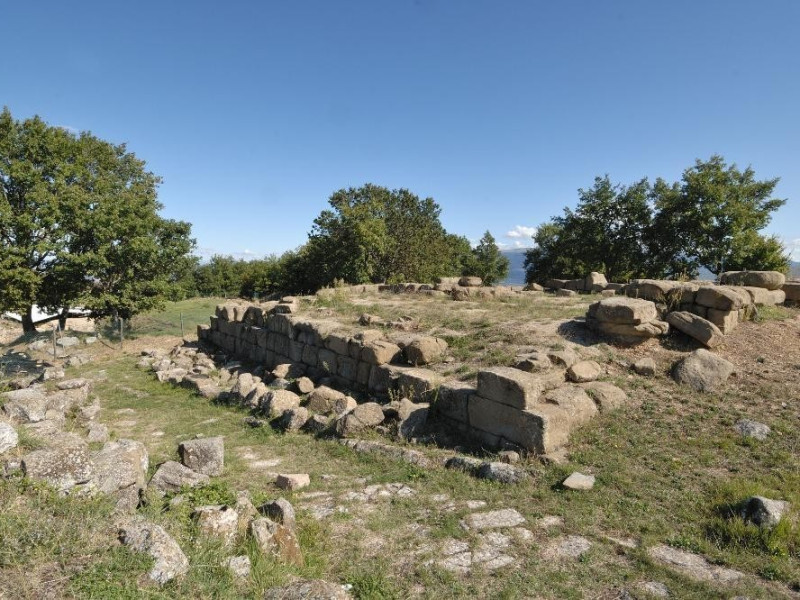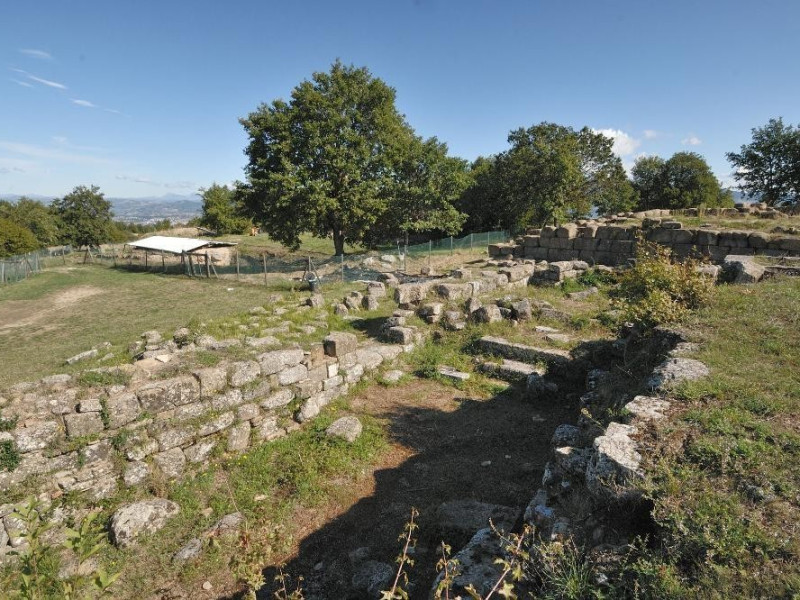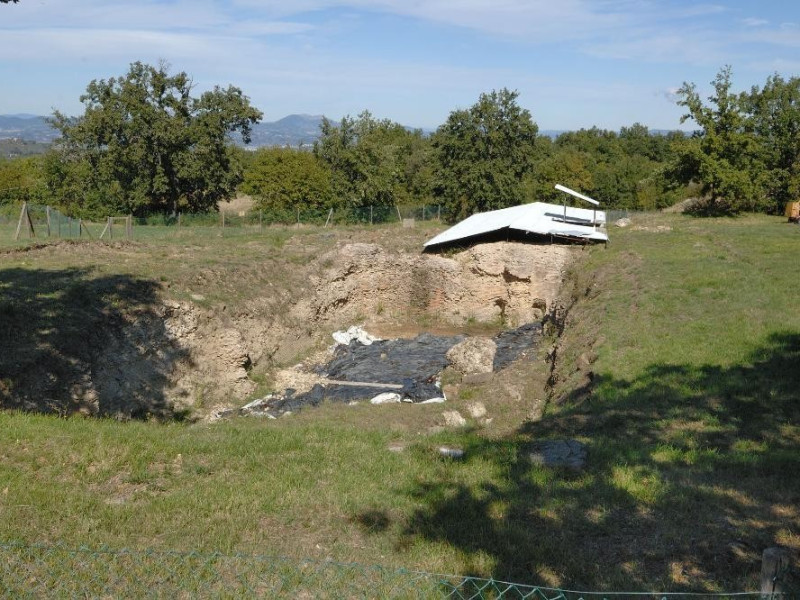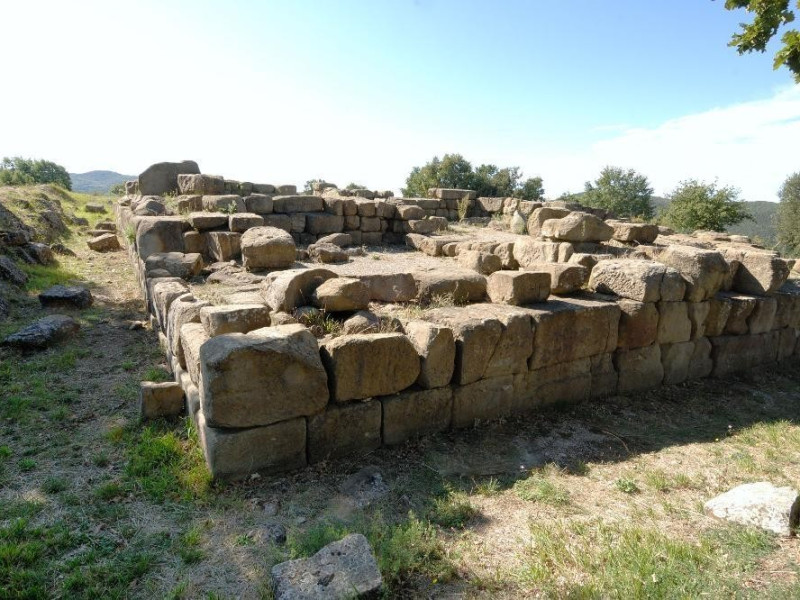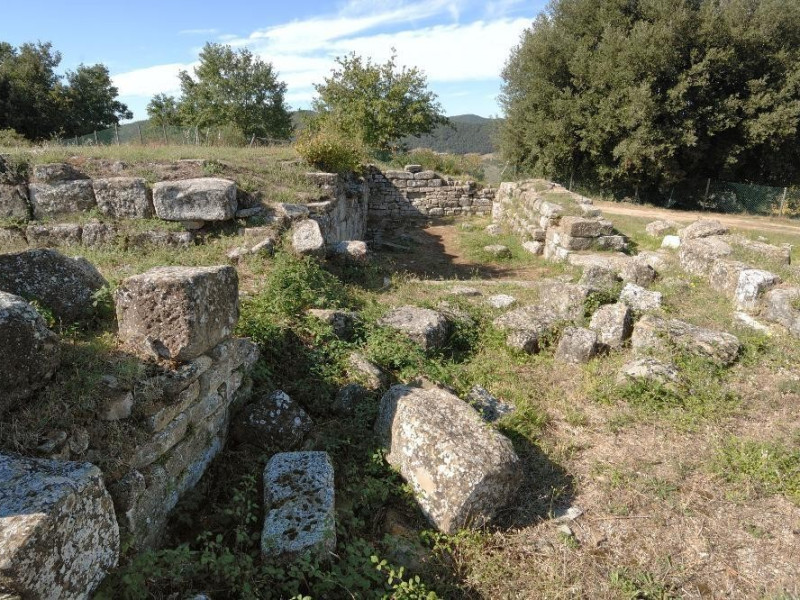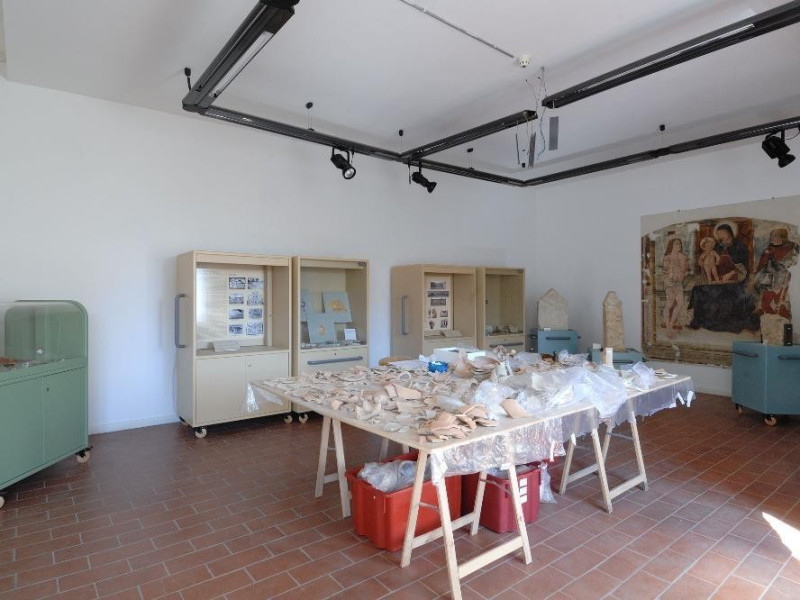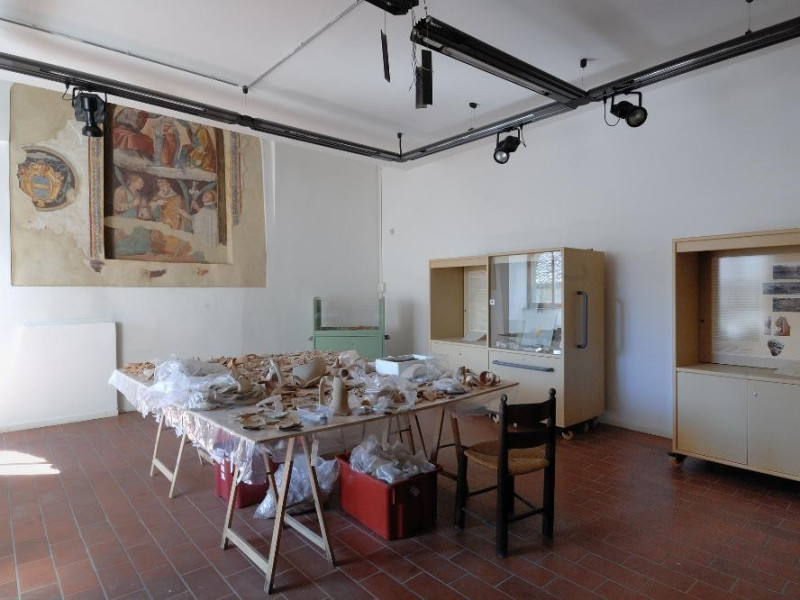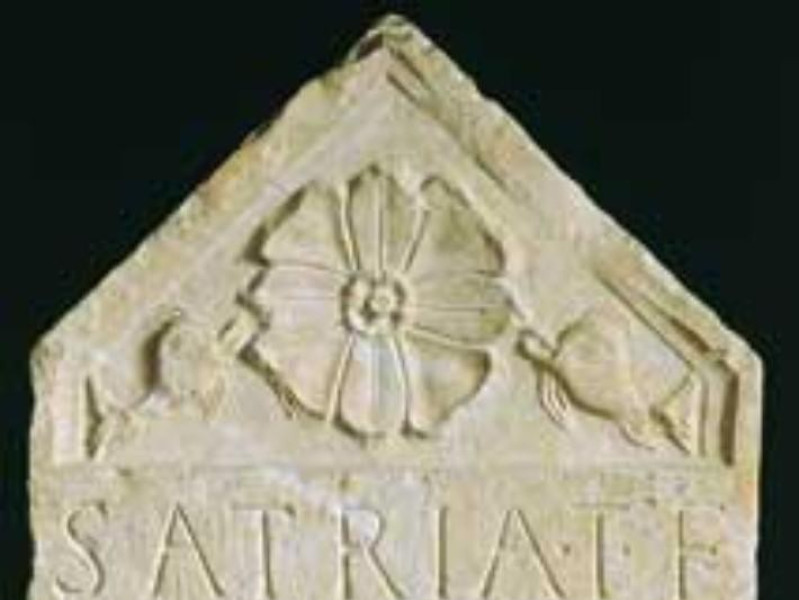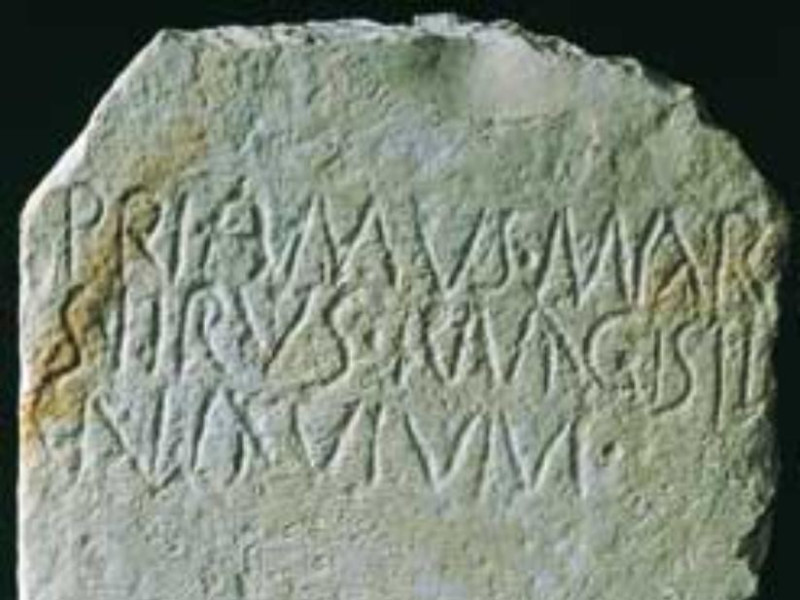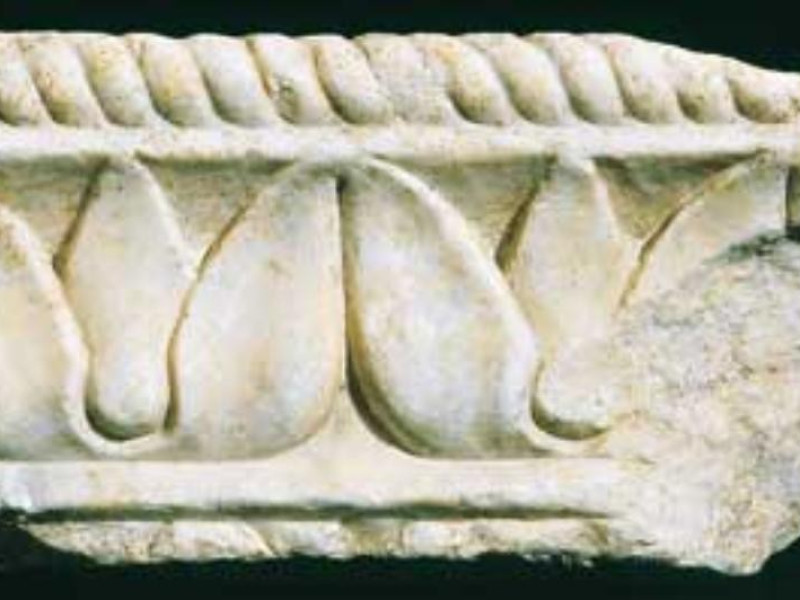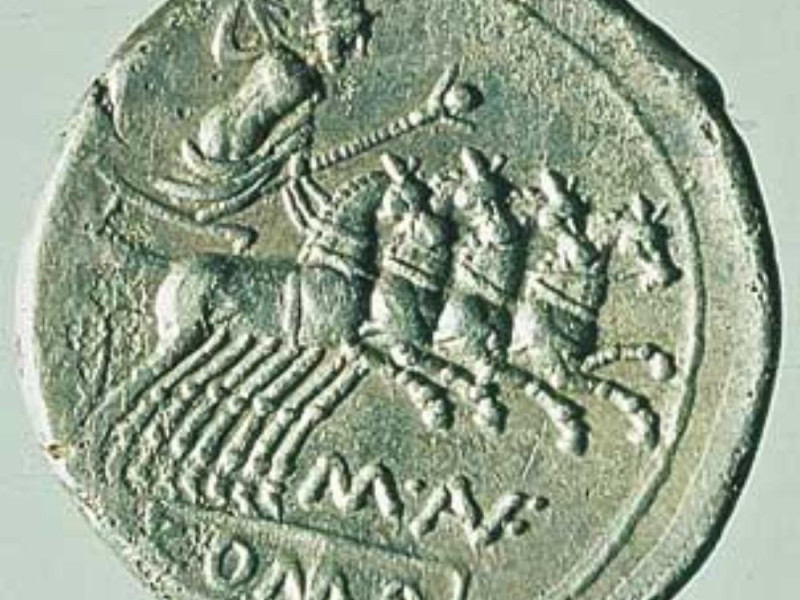Luogo - Museum
Antiquarium comunale "Urvinum Hortense"
Where
Piazza Santo Stefano, località Collemancio, Cannara (Perugia)
The Civic Archaeological Antiquarium of Urvinum Hortense
The Antiquarium is set in a 14th century palace, Palazzetto del Podestà of Collemancio, a small village on a hill in the Municipality of Cannara.
Set up in 2003, in the 14th century Palazzetto del Podestà, the Antiquarium hosts materials coming from investigations in the territory and excavations still in course in the ancient Urvinum Hortense, an ancient Roman town located in the north-eastern proximity of the medieval village of Collemancio, up on the summit, in the flat called Pianoro della Pieve. The area has been the object of systematic campaigns of excavation led by the Università degli Studi di Perugia since 1998, which have brought to light an ancient settlement surrounded by a wall, visible in part in the western sector of the flat. Its floor plan is structured to follow the axis of the ancient Roman road connecting Urvinum Hortense with Mevania—now Bevagna—and Vettona—now Bettona—along which a Temple dated from the 2nd century B.C. once stood.
The small, but significant, selection of items collected in the Antiquarium illustrates all the settlement phases that emerged from the excavations and the archaeological finds from the surface. On display there are: the 6th 5th century B.C. Bronzetto di devoto—a votive bronze statue typical in Umbrian sanctuaries—attesting the existence of a pre-Roman cult on the site; and a group of architectural terracotta, which covered the wall of the Temple’s façade—found in the excavation site—testifying to the building of monuments on cult sites, with the spreading of the Roman culture in the region. Among these, the Potnia theròn—the ‘Lady of the animals’ in Homer’s Iliad, definition used to refer to the hunting goddess Artemis—stands out. Other materials, such as ceramics, epigraphs and architectural elements, complete the collection.
The Palazzetto del Podestà of Collemancio is also the seat of the Fondazione Urvinum Hortense, a foundation that has promoted initiatives of enhancement, including the excavation work of the antiquities in the Urbinate area, since 1986.
